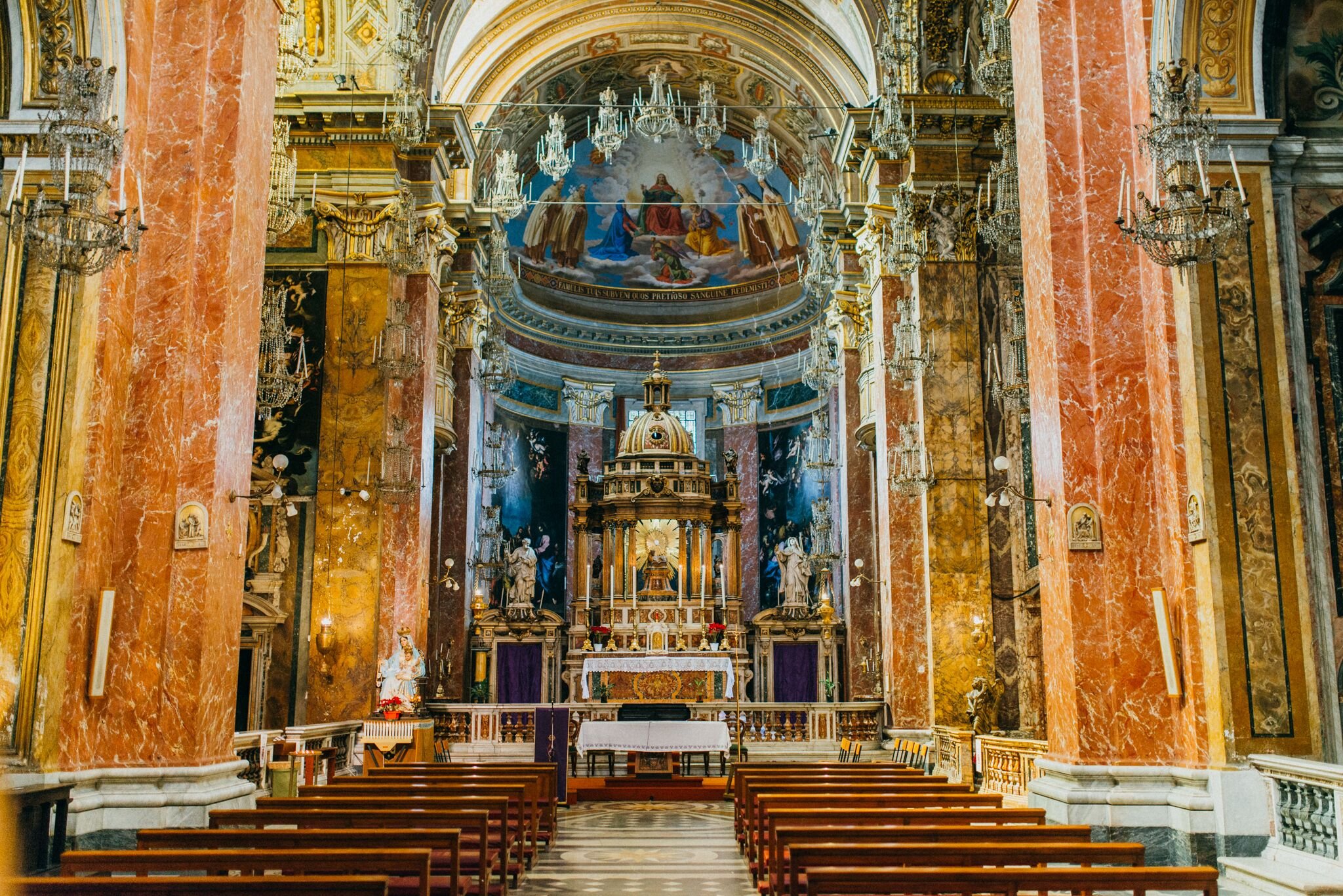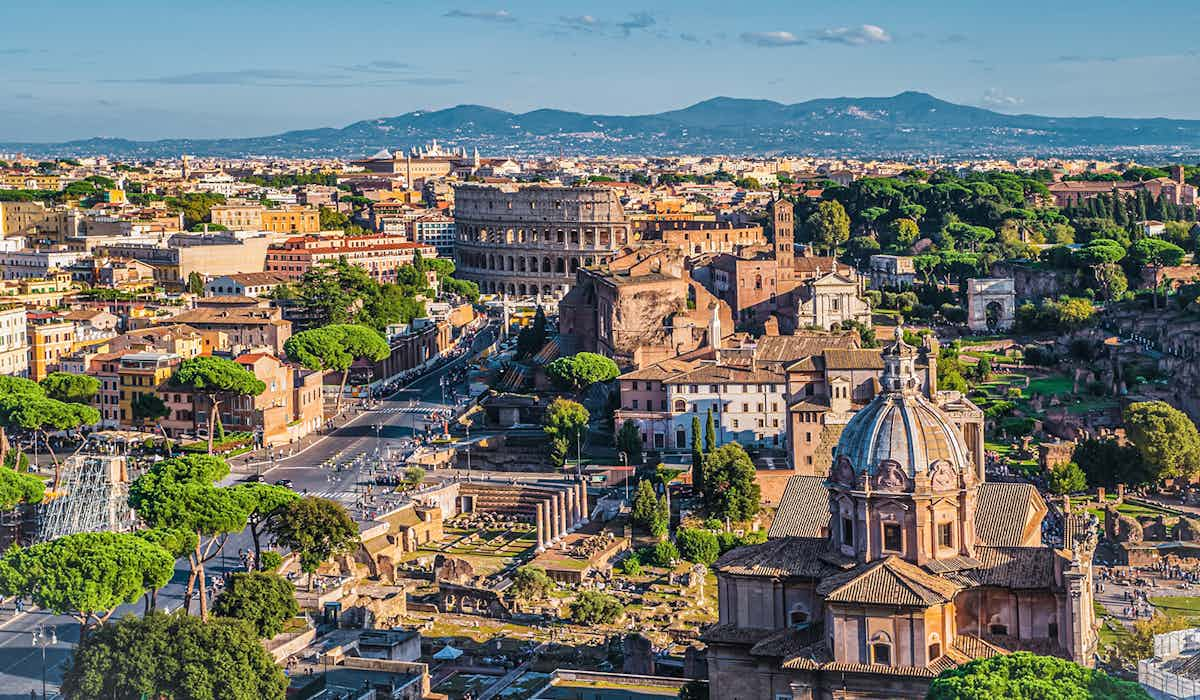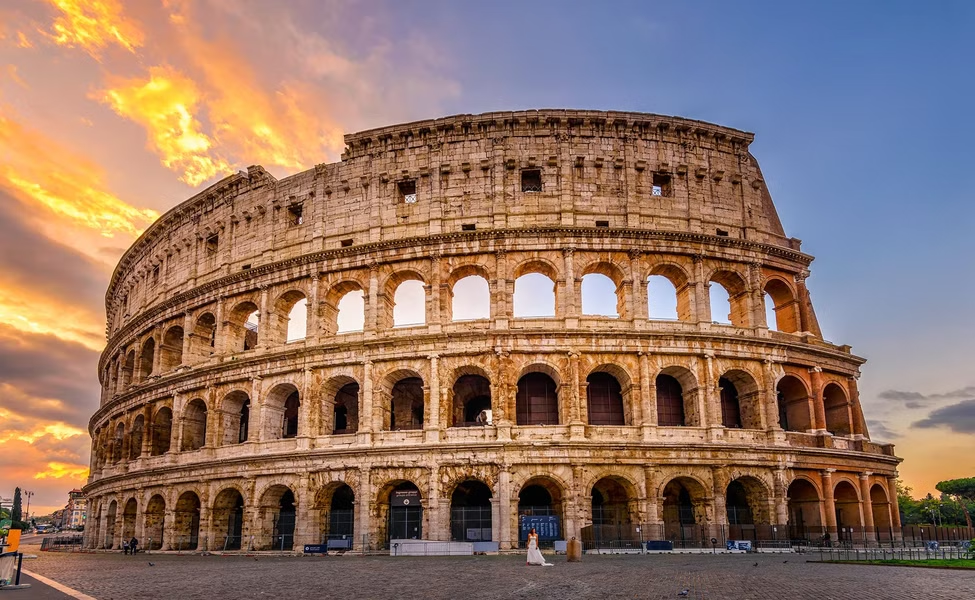Architectural Innovation: The Domus Aurea was famous for its innovative architecture, including vaulted ceilings, fresco rooms, and courtyards, ahead of their time in Roman architecture.
Lavish Decoration: The palace had fancy decorations like paintings, sculptures, and gold. People said Nero liked luxury and even used special dust so the walls shine.
Artistic Significance: The frescoes found in the Domus Aurea are highly noteworthy. They inspired renowned artists of the Renaissance, including Raphael and Michelangelo, which led to the creation of a decorative style known as grotesque. The style name resulted in the discovery of the palace ruins during the 15th century.
Vast Grounds: At its height, the Domus Aurea covered between 100 and 300 acres, making it one of the largest palatial complexes in ancient Rome. It extended from the Palatine Hill to the Esquiline Hill.
Colossal Statue of Nero: One of the most famous features of the Domus Aurea was a colossal statue of Nero, known as the Colossus Neronis. It stood about 30 meters (98 feet) tall and was near the entrance.
Lake and Gardens: The palace complex featured an artificial lake surrounded by extensive gardens, vineyards, and woods. Its design aims to provide a picturesque and naturalistic setting for the emperor's leisure.
Public Disapproval: The construction of the Domus Aurea met with disdain. They built the palace after the Great Fire of Rome, which devastated much of the city. Many Romans believed that his cold heart exploited the disaster for extravagant pleasure.
Later Modifications: After Nero's death, succeeding emperors modified the palace complex. Vespasian and his successors filled the lake and built over parts of the Domus Aurea, effectively erasing much of Nero's legacy.
Rediscovery and Influence: The ruins of Domus Aurea were discovered in the 15th century and significantly influenced the Italian Renaissance style that features intricate frescoes and designs.
Current Status: Visitors can tour parts of the Domus Aurea in Rome. Ongoing excavations and restoration efforts aim to preserve and showcase this remarkable archaeological site.

































